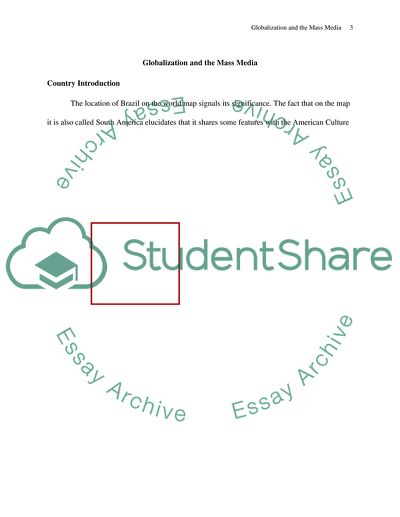Cite this document
(Globalization and the Mass Media Dissertation Example | Topics and Well Written Essays - 2500 words, n.d.)
Globalization and the Mass Media Dissertation Example | Topics and Well Written Essays - 2500 words. Retrieved from https://studentshare.org/media/1730136-globalization-and-the-mass-media
Globalization and the Mass Media Dissertation Example | Topics and Well Written Essays - 2500 words. Retrieved from https://studentshare.org/media/1730136-globalization-and-the-mass-media
(Globalization and the Mass Media Dissertation Example | Topics and Well Written Essays - 2500 Words)
Globalization and the Mass Media Dissertation Example | Topics and Well Written Essays - 2500 Words. https://studentshare.org/media/1730136-globalization-and-the-mass-media.
Globalization and the Mass Media Dissertation Example | Topics and Well Written Essays - 2500 Words. https://studentshare.org/media/1730136-globalization-and-the-mass-media.
“Globalization and the Mass Media Dissertation Example | Topics and Well Written Essays - 2500 Words”, n.d. https://studentshare.org/media/1730136-globalization-and-the-mass-media.


